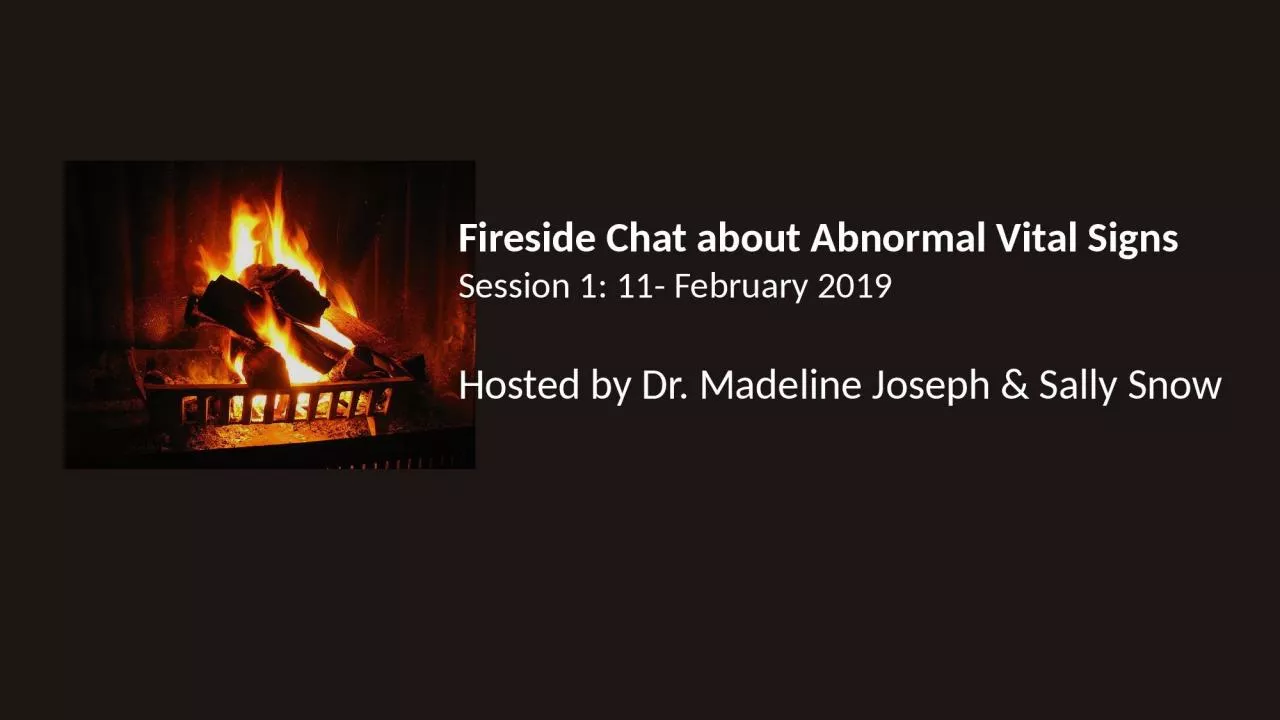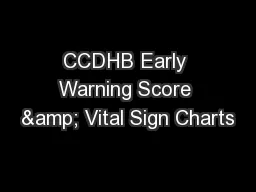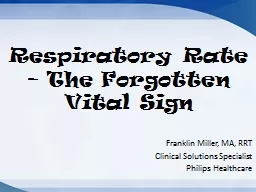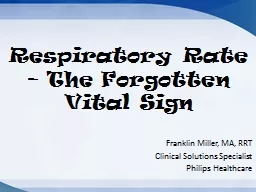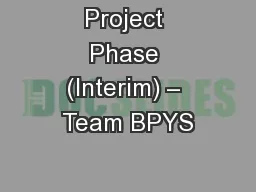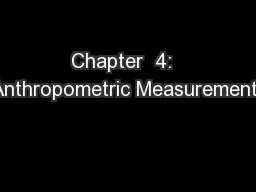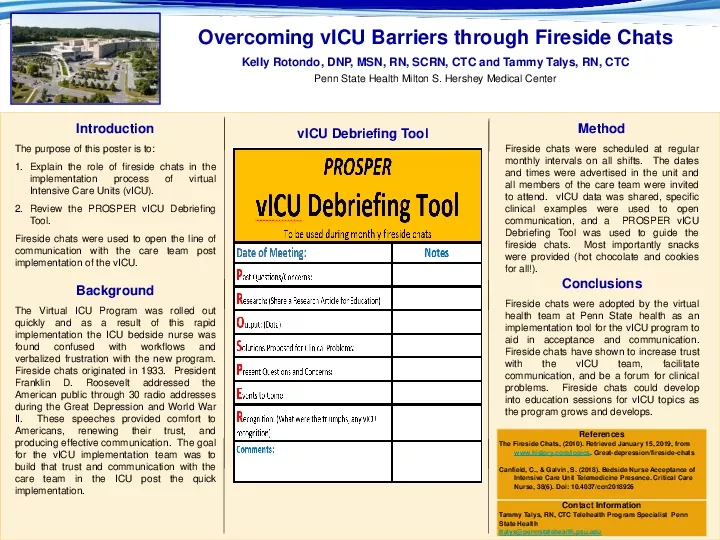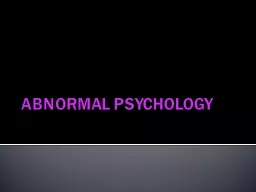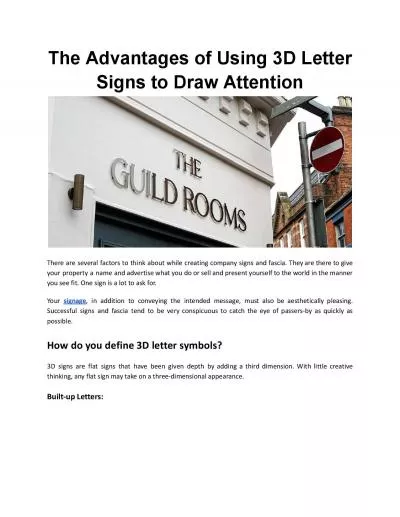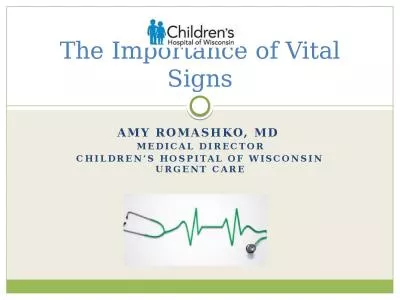PPT-Fireside Chat about Abnormal Vital Signs
Author : paisley | Published Date : 2023-11-16
Session 1 11 February 2019 Hosted by Dr Madeline Joseph amp Sally Snow The HRSA MCHB EIIC is supported in part by the Health Resources and Services Administration
Presentation Embed Code
Download Presentation
Download Presentation The PPT/PDF document "Fireside Chat about Abnormal Vital Si..." is the property of its rightful owner. Permission is granted to download and print the materials on this website for personal, non-commercial use only, and to display it on your personal computer provided you do not modify the materials and that you retain all copyright notices contained in the materials. By downloading content from our website, you accept the terms of this agreement.
Fireside Chat about Abnormal Vital Signs: Transcript
Download Rules Of Document
"Fireside Chat about Abnormal Vital Signs"The content belongs to its owner. You may download and print it for personal use, without modification, and keep all copyright notices. By downloading, you agree to these terms.
Related Documents

